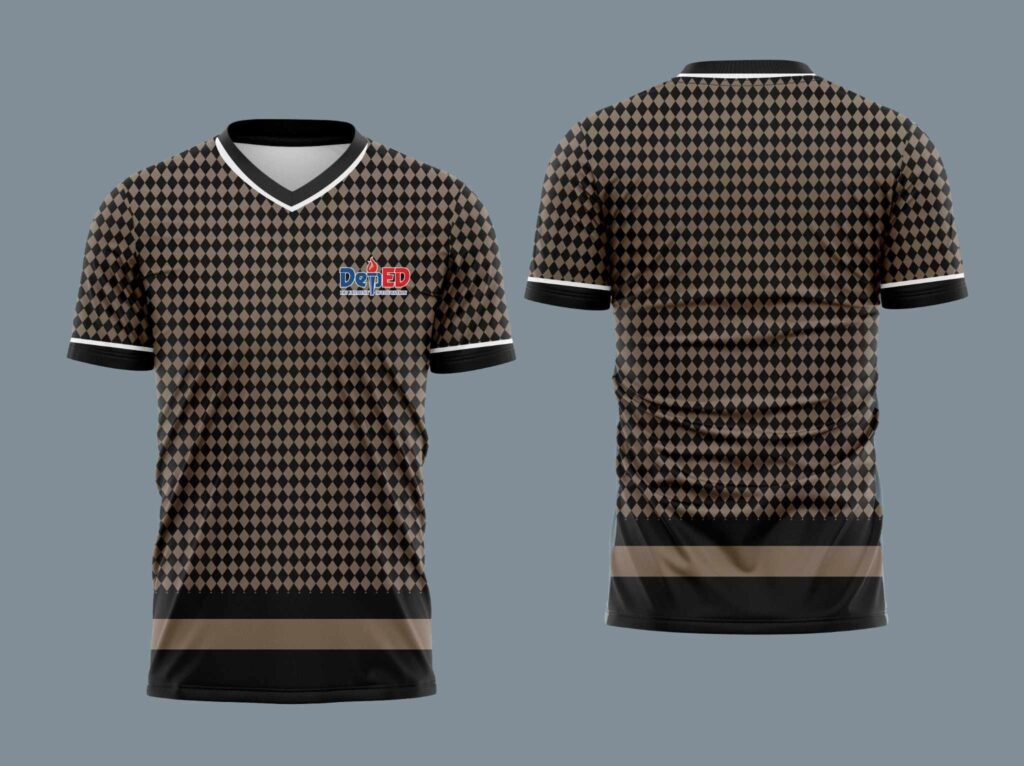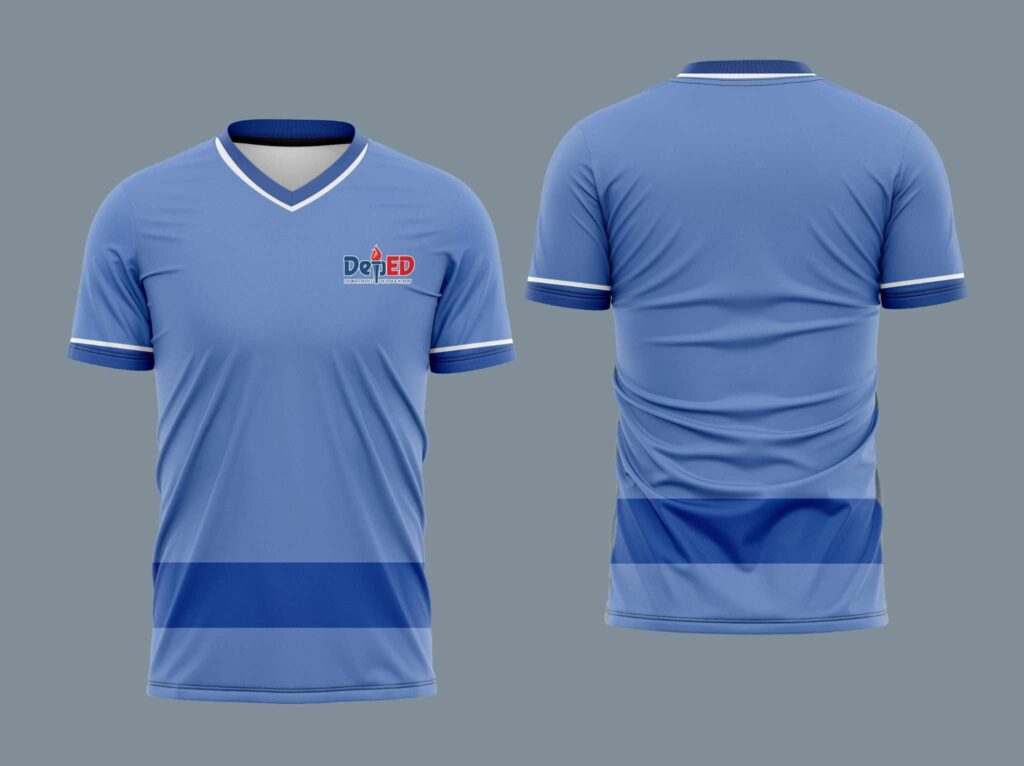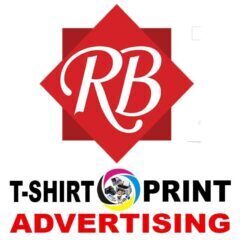The Department of Education has released a memorandum defining the alternate uniform for teaching and non-teaching personnel sent to undersecretaries, assistant secretaries, bureau and service directors, regional directors, assistant regional directors, schools division superintendents (SDS), assistant schools division superintendent, and all other concerned DepEd personnel.
With the intention of allowing more comfortable clothing due to the increasing heat index across the country, all DepEd teaching and non-teaching personnel are hereby permitted to wear, as alternate uniform, any of the following:
- Any existing collared DepEd Polo Shirt used during official events and activities (e.g. Brigada Eskwela, Palarong Pambansa, Oplan Balik Eskwela, Regional/Division/School Conference, etc.) or
- White Collared Polo Shirt with DepEd and Matatag logo
Any of the above-mentioned options must be paired with matte black pants of any fabric/textile (e.g. slacks, jeans, cargo pants), provided that all personnel must still conform with the relevant rules prescribed under Civil Service Commission (CSC) Memorandum Circular (MC) No. 19, s. 2000 otherwise known as the “Revised Dress Code Prescribed for all Government officials and employees in the workplace”, whereby leggings, tights, and jogging pants are prohibited.
The wearing of the said alternate uniform shall be allowed until such time that a memorandum is issued superseding this issuance.
WHAT ARE NON-TEACHING UNIFORM?
Non-teaching uniforms refer to the attire worn by staff members in educational institutions who are not directly involved in teaching, such as administrators, support staff, janitors, security personnel, and cafeteria workers. These uniforms serve several purposes, including promoting a sense of unity, professionalism, and identification within the school community.
Here are some key aspects of non-teaching uniforms:
- Design: Non-teaching uniforms are typically designed to differentiate the staff from students and visitors. They may feature distinct colors, logos, or embroidered patches representing the school or institution.
- Functionality: Non-teaching uniforms are designed with functionality in mind, considering the specific roles and responsibilities of staff members. For example, janitors may have uniforms with practical features like pockets or loops to hold cleaning tools, while security personnel might have uniforms with reflective elements or badges for easy identification.
- Professionalism: The uniform conveys professionalism and helps create a cohesive image for the institution. They promote a sense of pride and unity among staff members, emphasizing their role as representatives of the school.
- Dress Code Policies: Educational institutions often have dress code policies in place to ensure that non-teaching staff members adhere to a certain standard of appearance. These policies may outline specific uniform requirements, such as appropriate lengths for skirts or pants, restrictions on accessories, or guidelines for grooming.
- Comfort and Durability: Non-teaching uniforms should be comfortable to wear throughout the day, considering the varied tasks and movements involved in different roles. Additionally, they should be made from durable materials to withstand regular use and frequent laundering.
- Adaptability: Some institutions may have different variations of non-teaching uniforms to accommodate various seasons or job requirements. For example, there might be different uniform options for summer and winter or different uniforms for indoor and outdoor staff members.
Non-teaching uniforms play a significant role in establishing a professional and cohesive atmosphere within educational institutions. They contribute to the overall image of the school, enhance staff identification, and promote a sense of unity among staff members.
IMAGE GALLERY



CONTACT US
For details or orders, do any of the following:
- Call or text me at 09460480491
- Message us on Facebook at https://www.facebook.com/rbsublimationsignage/



